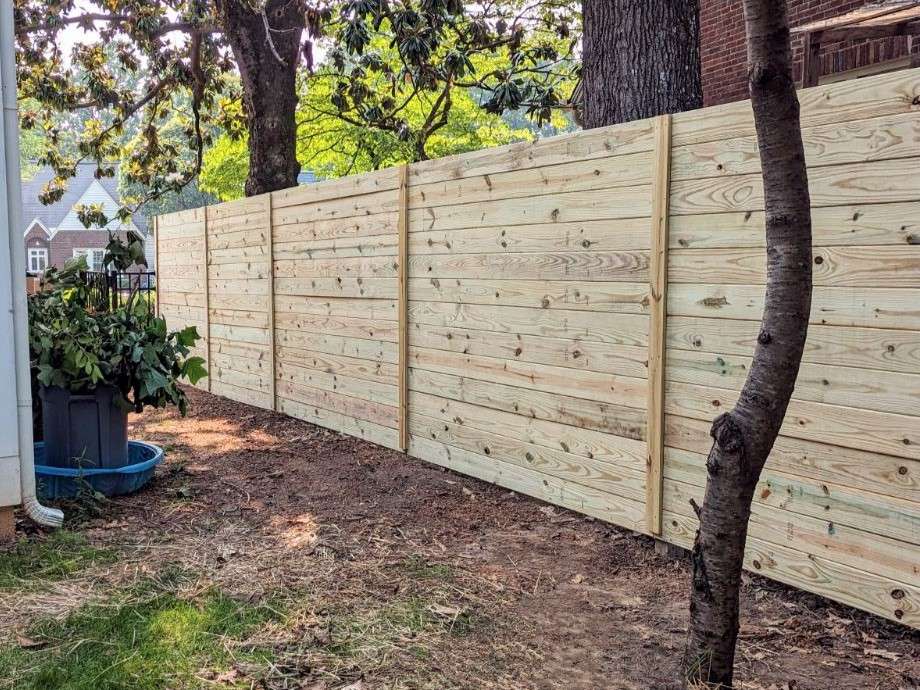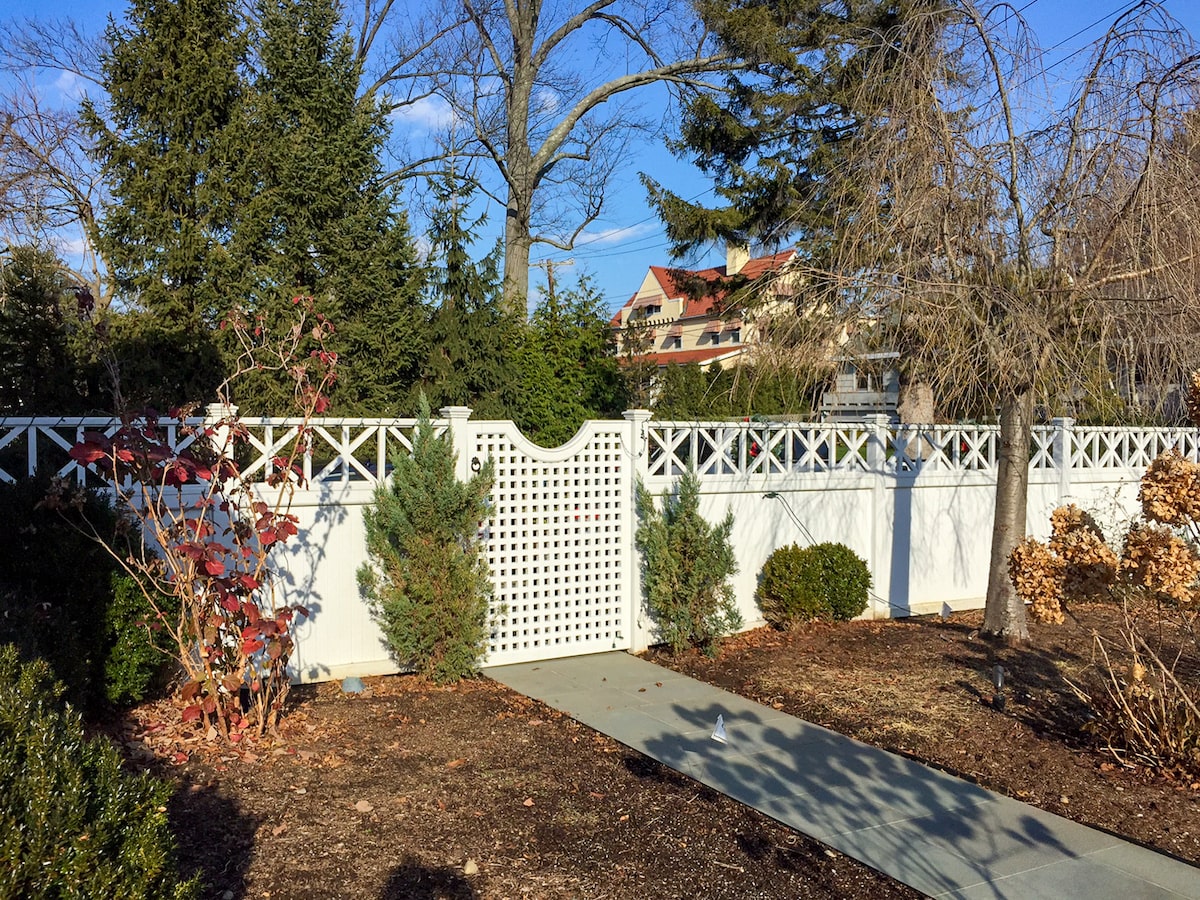All Categories
Featured

A fencing is a valuable enhancement to any residential or commercial property, giving safety, privacy, and improving the total visual charm of your home or service. Nonetheless, like any exterior framework, a fencing will normally put on down in time because of exposure to the components, crashes, or simply age. Recognizing the indicators that your fencing requires to be changed can help you prevent more damage and keep the security and appearance of your building. Right here are some vital indications that it's time to change your fencing.

- Noticeable Damage or Deterioration
Among the most evident signs that your fence needs to be replaced is noticeable damage. Whether it's from weathering, mishaps, or pests, any major splits, splintering, or missing boards can considerably reduce the structural stability of your fencing. Changing the whole fence might be a lot more cost-efficient in the long run. if the damage is considerable and goes beyond simply a few repair work.
- Leaning or Sagging
A drooping or leaning fencing is a clear sign of an issue. In time, the rails and blog posts can change as a result of moisture, rotting, or poor setup. If your fencing is no much longer standing straight or leaning at an angle, it's an excellent indication that the foundation is endangered, which may call for a full replacement. Even if the fence seems leaning slightly, it can be an indication of underlying architectural problems that can intensify with time.
- Rotting or Decaying Wood

Wood fences are especially susceptible to rot and degeneration, specifically in locations that experience high levels of dampness or moisture. If you see that components of your wooden fence are soft, blemished, or have noticeable mold and mildew, these are all indications of rot.
- Corrosion and Corrosion (For Metal Fences)
If you have a metal corrosion, rust and fence are usual indicators of deterioration,. Gradually, direct exposure to rain, moisture, and snow can create steel fencings to establish corrosion areas, which can spread out and deteriorate the structure. While minor rusting can sometimes be repaired, substantial rusting or rust might make the fence risky and require a complete replacement. It might be time to take into consideration replacing your metal fence. if you discover any type of substantial weakening or huge locations of corrosion.
- Fencing No More Satisfies Your Demands
An additional factor to replace your fencing could be that it no more serves its designated function. With time, your requirements might change-- maybe you require a higher fence for more personal privacy or a more powerful one for boosted safety and security. If your fence no much longer satisfies your needs or does not align with your present preferences, it might be time to update to a brand-new, much more practical design.
- Fading and Staining
While fading and discoloration are usually cosmetic problems, they can still indicate that your fencing is aging. Exposure to UV rays and harsh weather condition can create fences to lose their initial shade, making them look boring and worn. If the fading is considerable and you've already attempted cleaning up and staining the fence, it could be time to change it to bring back the appearance of your property.
- Constant Repair Work
If you find on your own regularly fixing your fence, maybe a sign that the fence is nearing completion of its life-span. While small fixings can extend the life of a fence, constant repairs might indicate that the structure is no longer secure. In this situation, it may be much more affordable to change the whole fence instead than proceeding to invest in fixings.
Verdict
Replacing a fence is a significant financial investment, yet it is important for preserving the privacy, security, and visual appeal of your home. If your fence is showing indicators of damage, rot, leaning, or other structural concerns, it's critical to assess whether a replacement is necessary. By identifying these warning indications early, you can make enlightened choices about when to replace your fence, guaranteeing your building remains safe and visually appealing for many years ahead.
Latest Posts
Reasons Consistent Vehicle Maintenance at Montclare Auto Repair Saves You Money
Published May 30, 25
1 min read
Enhance Your Property with Expenses Door Systems
Published May 27, 25
1 min read
Experience WyHy FCU – High Rewards for Members
Published May 25, 25
1 min read